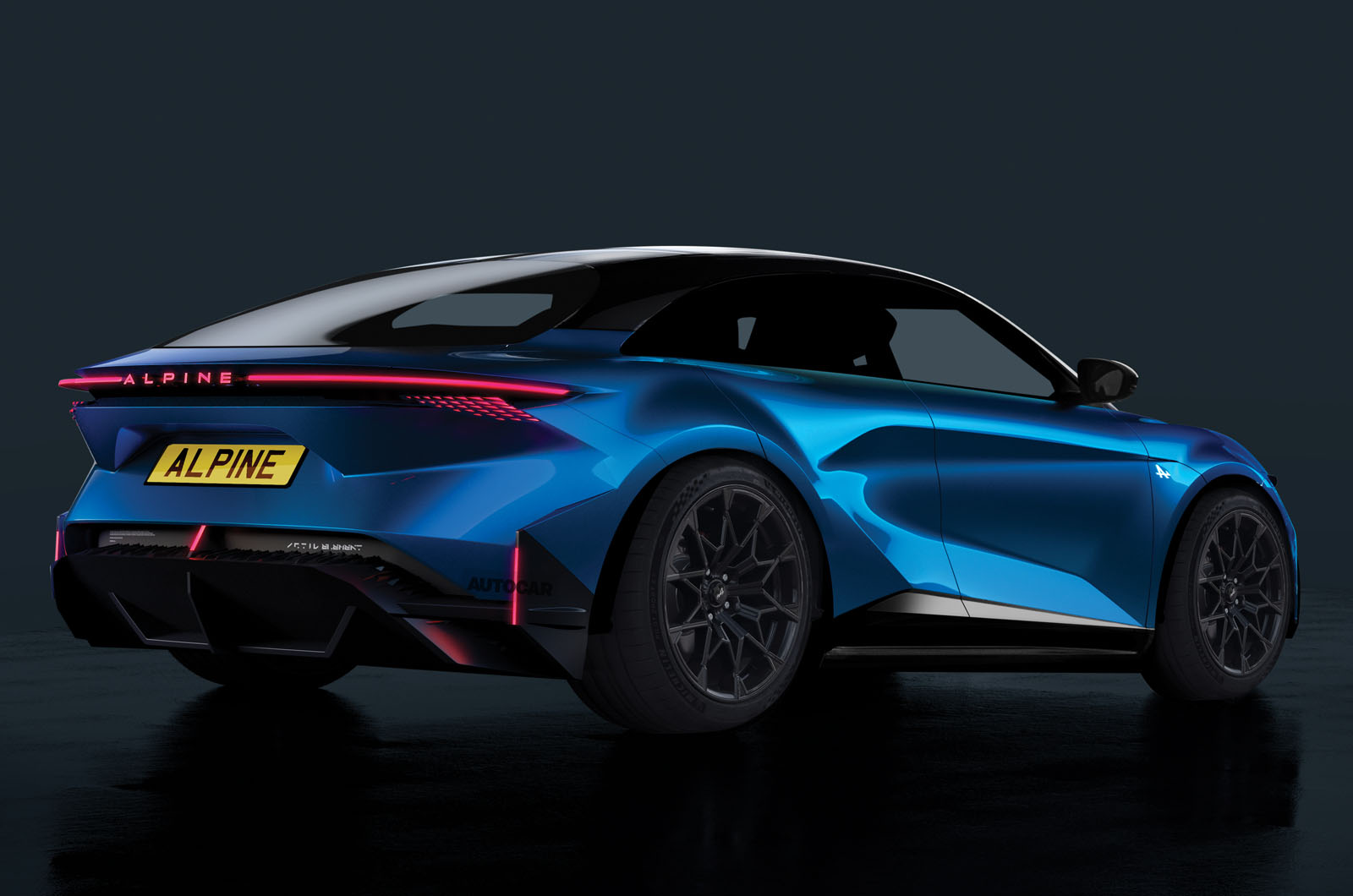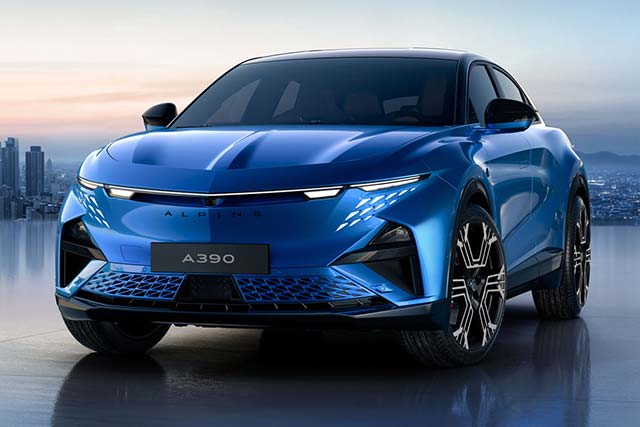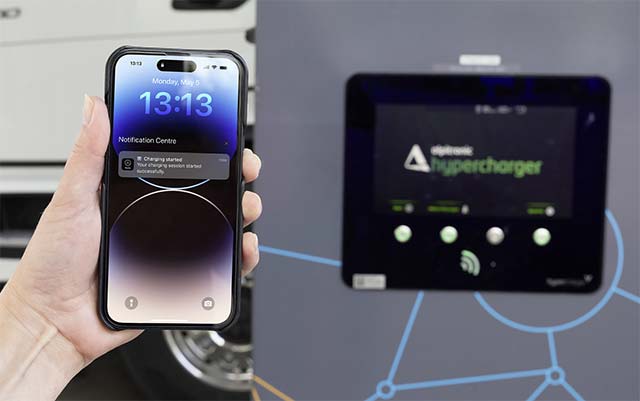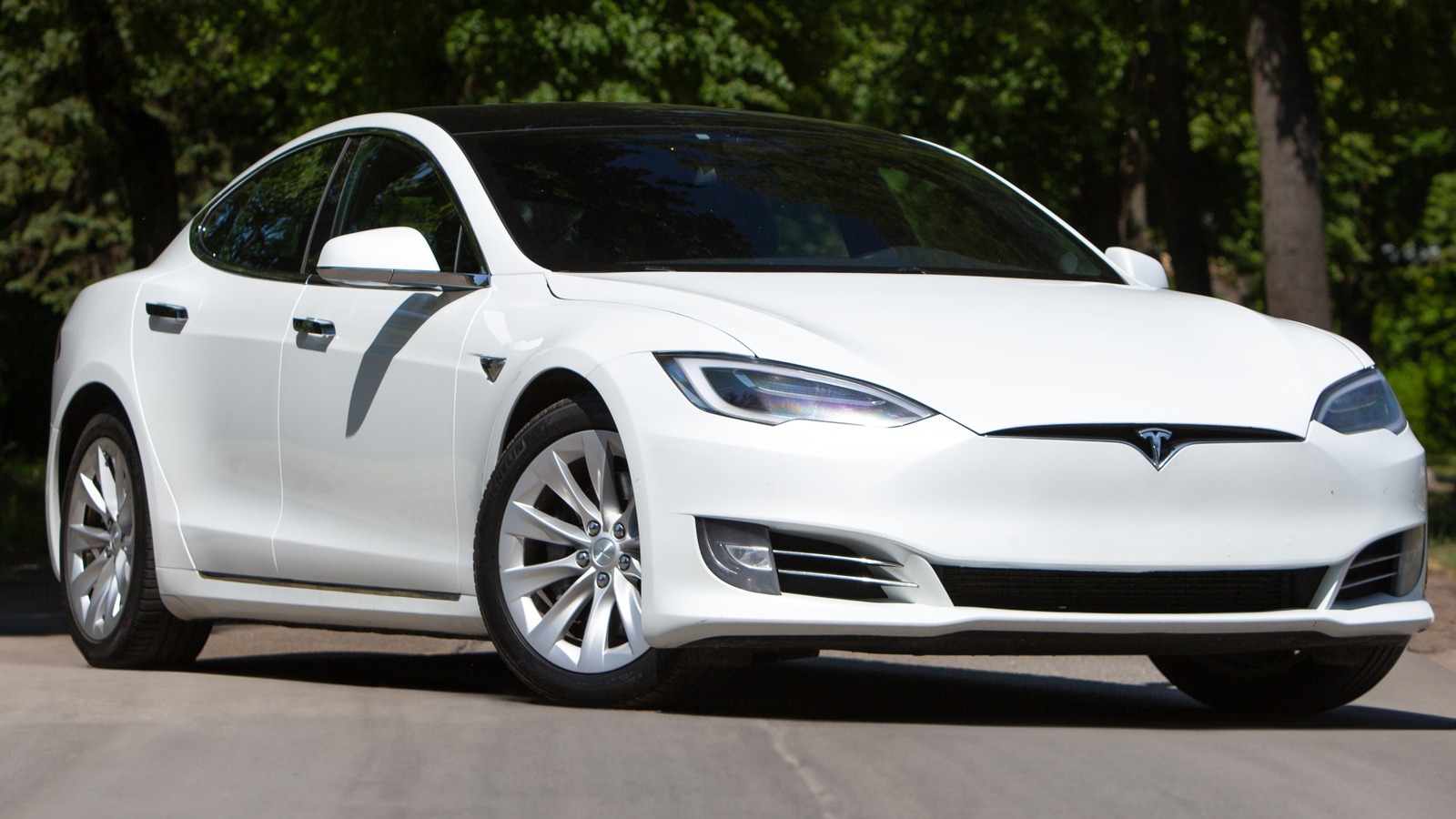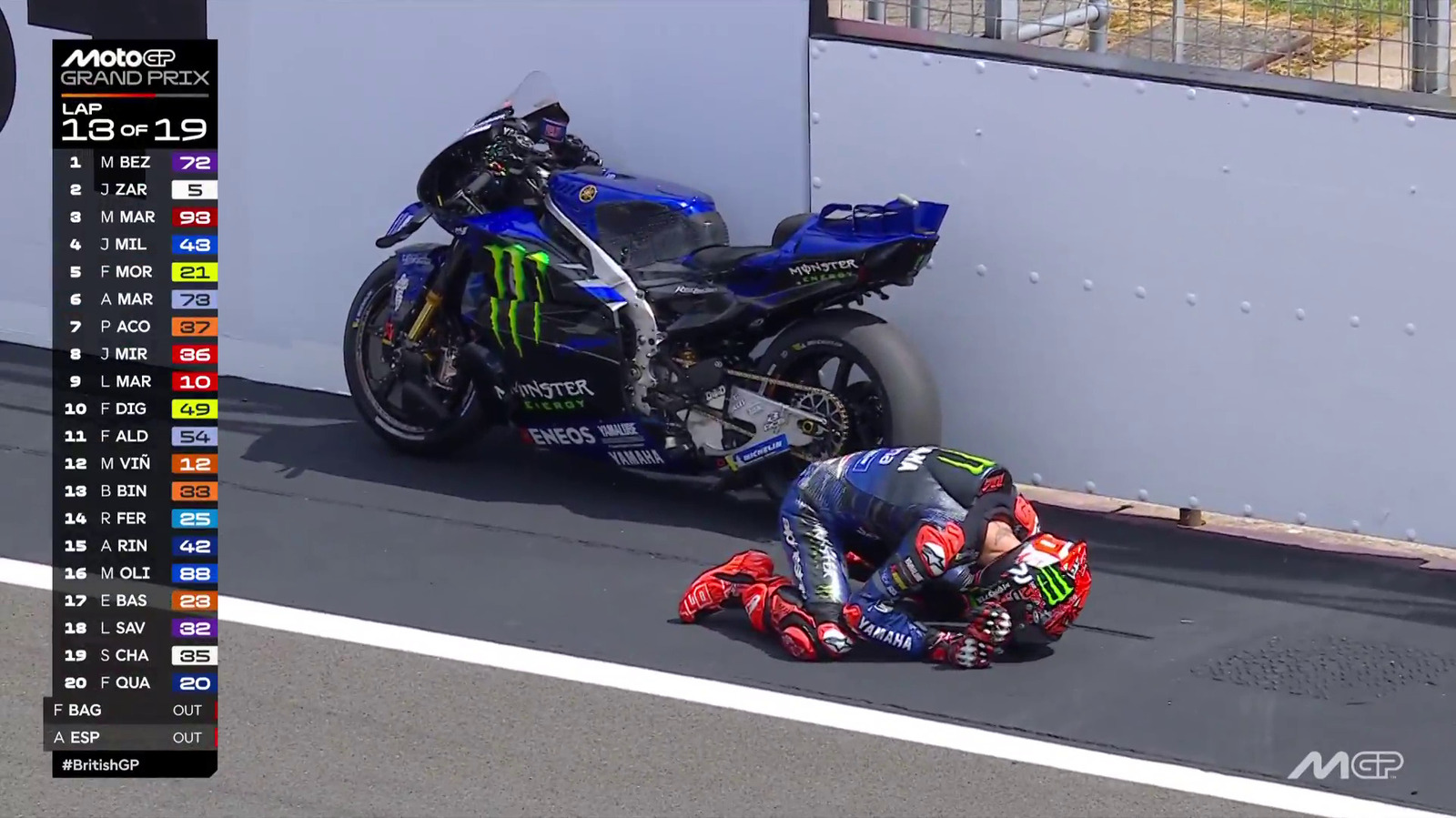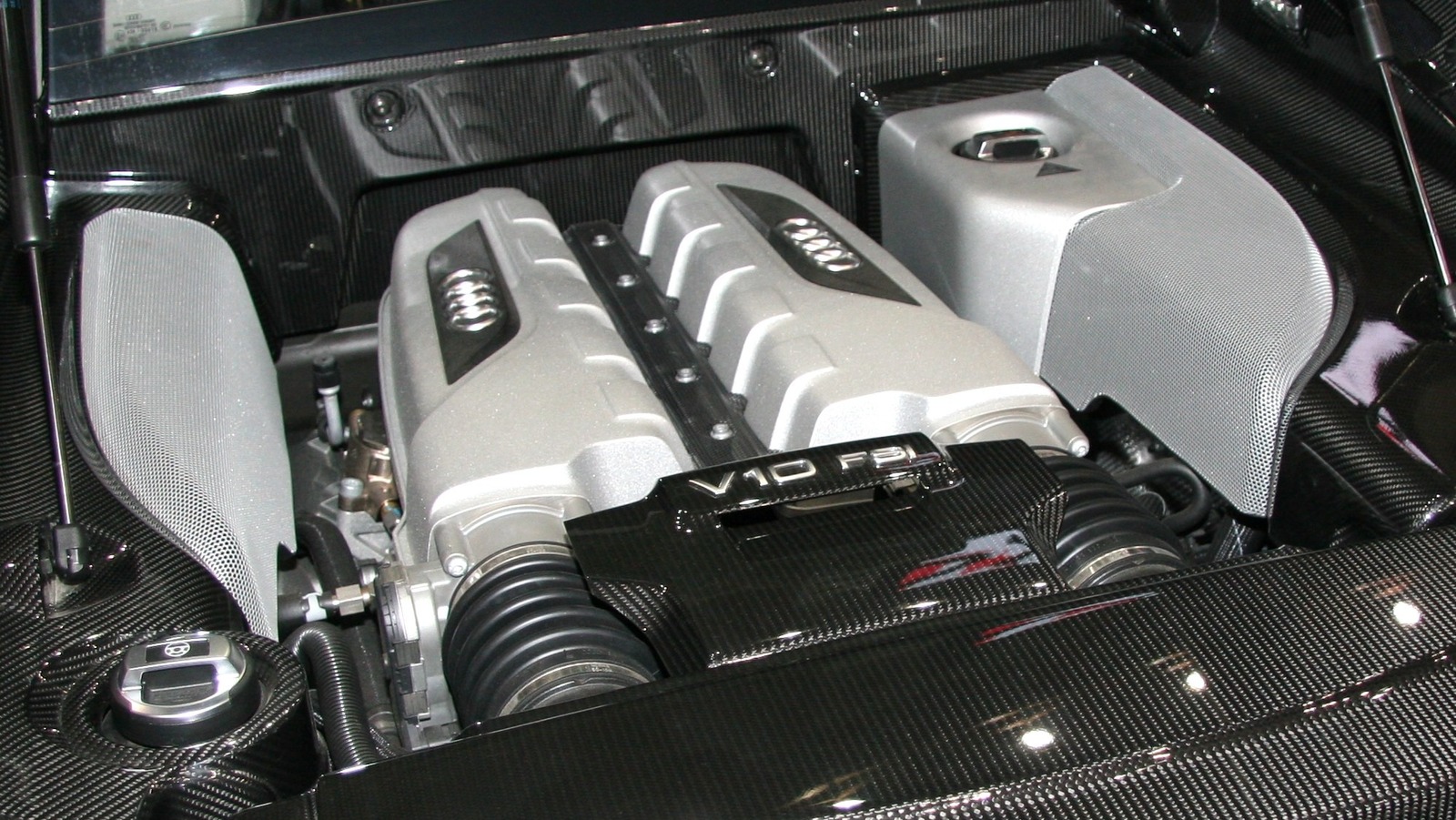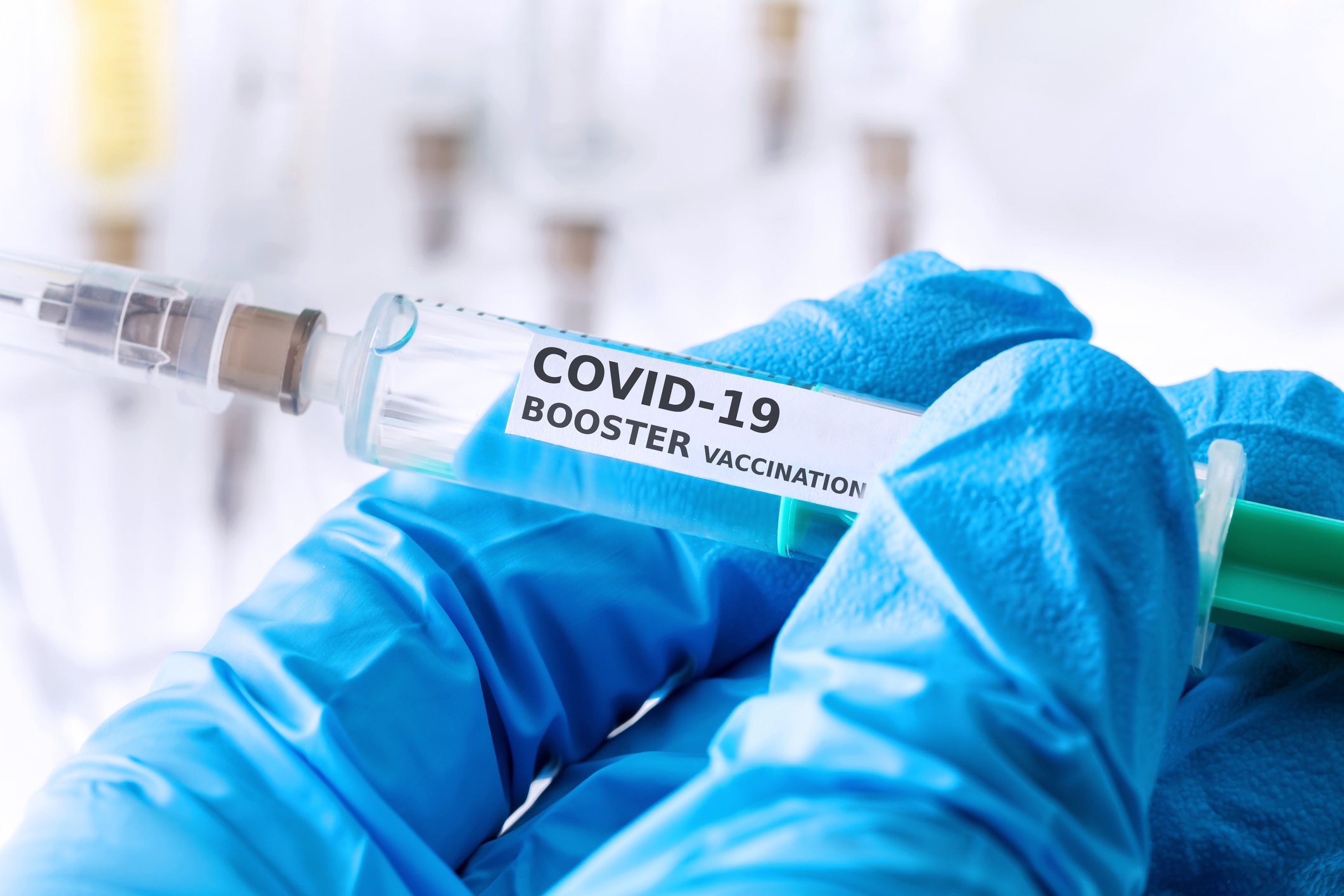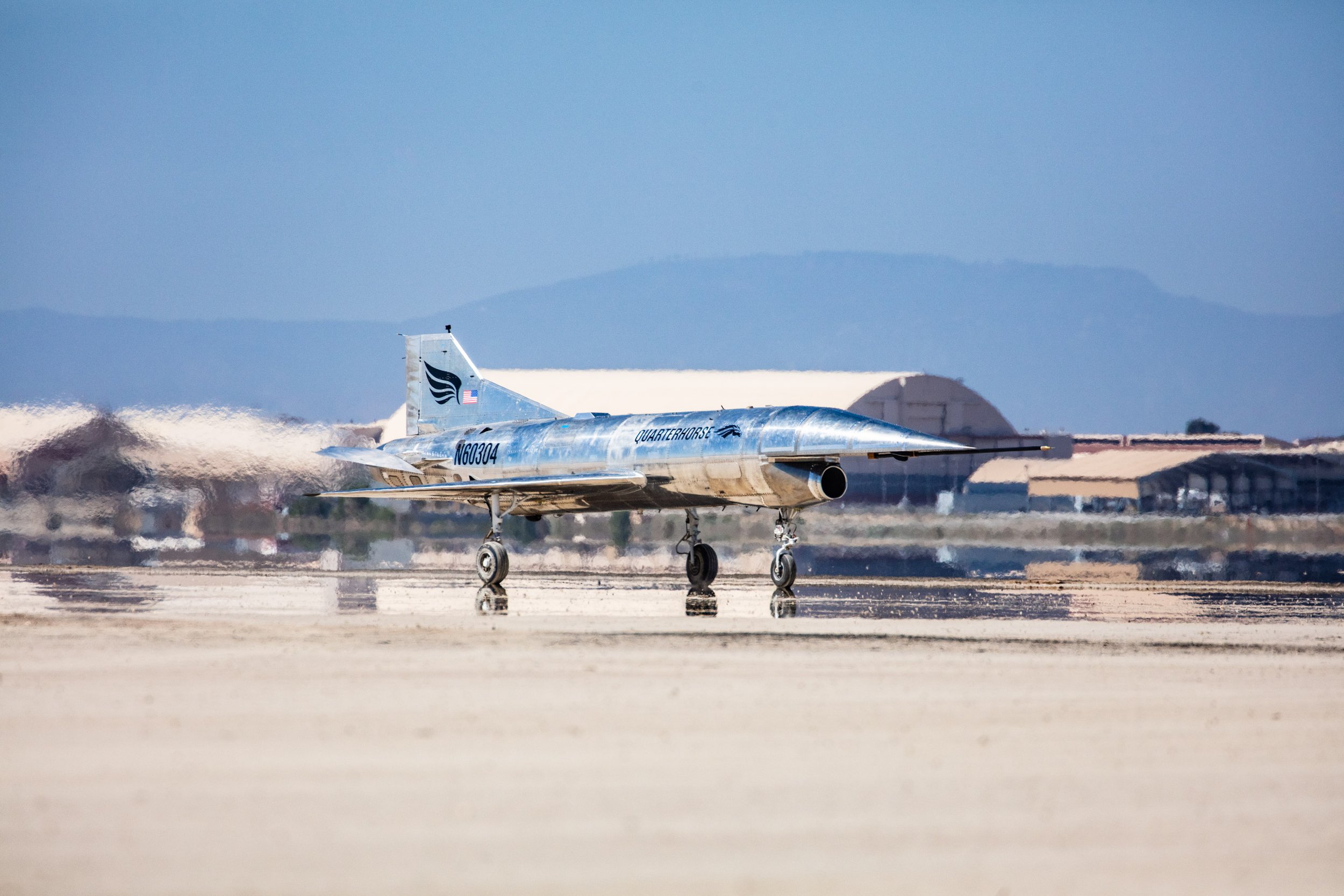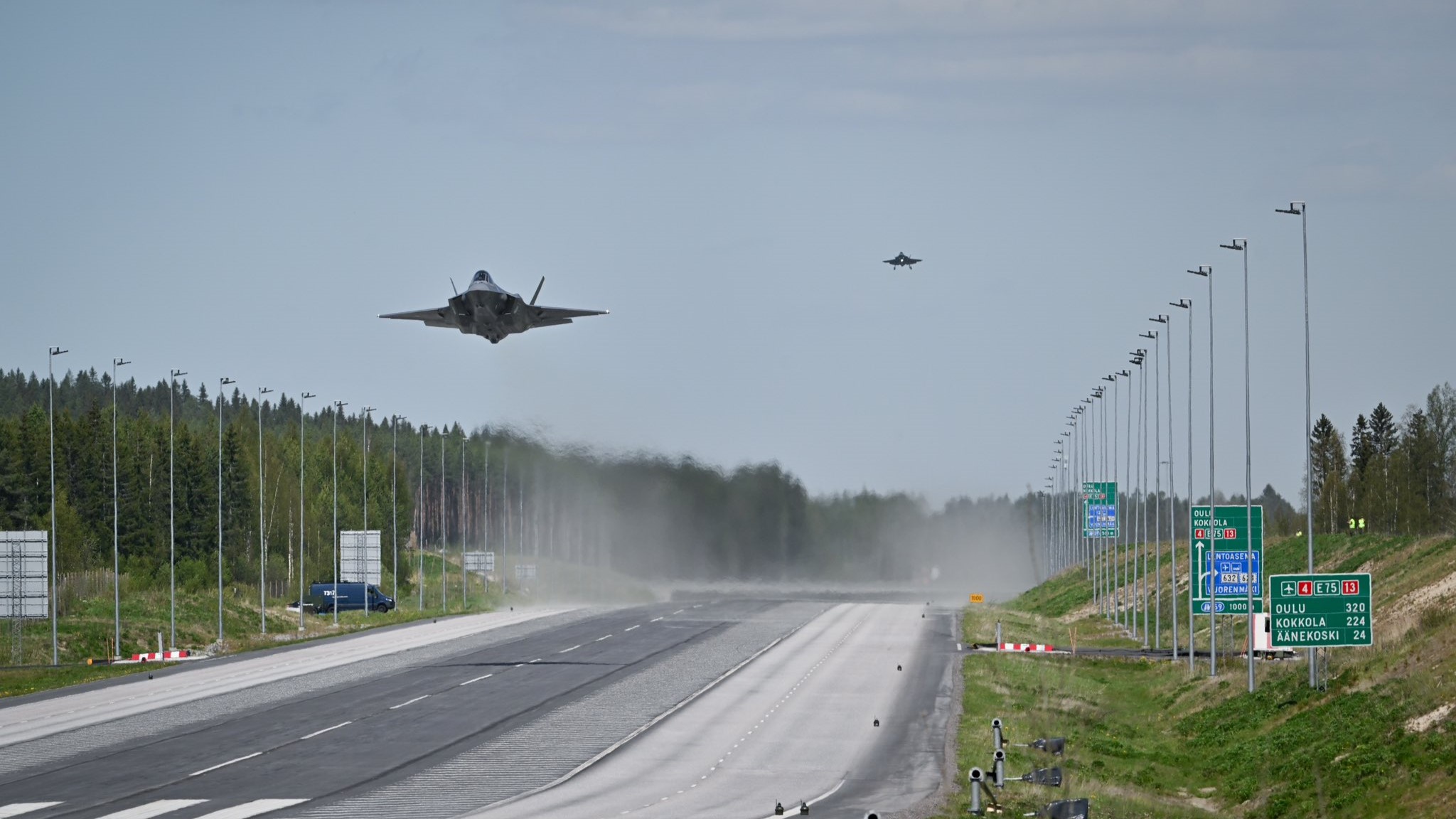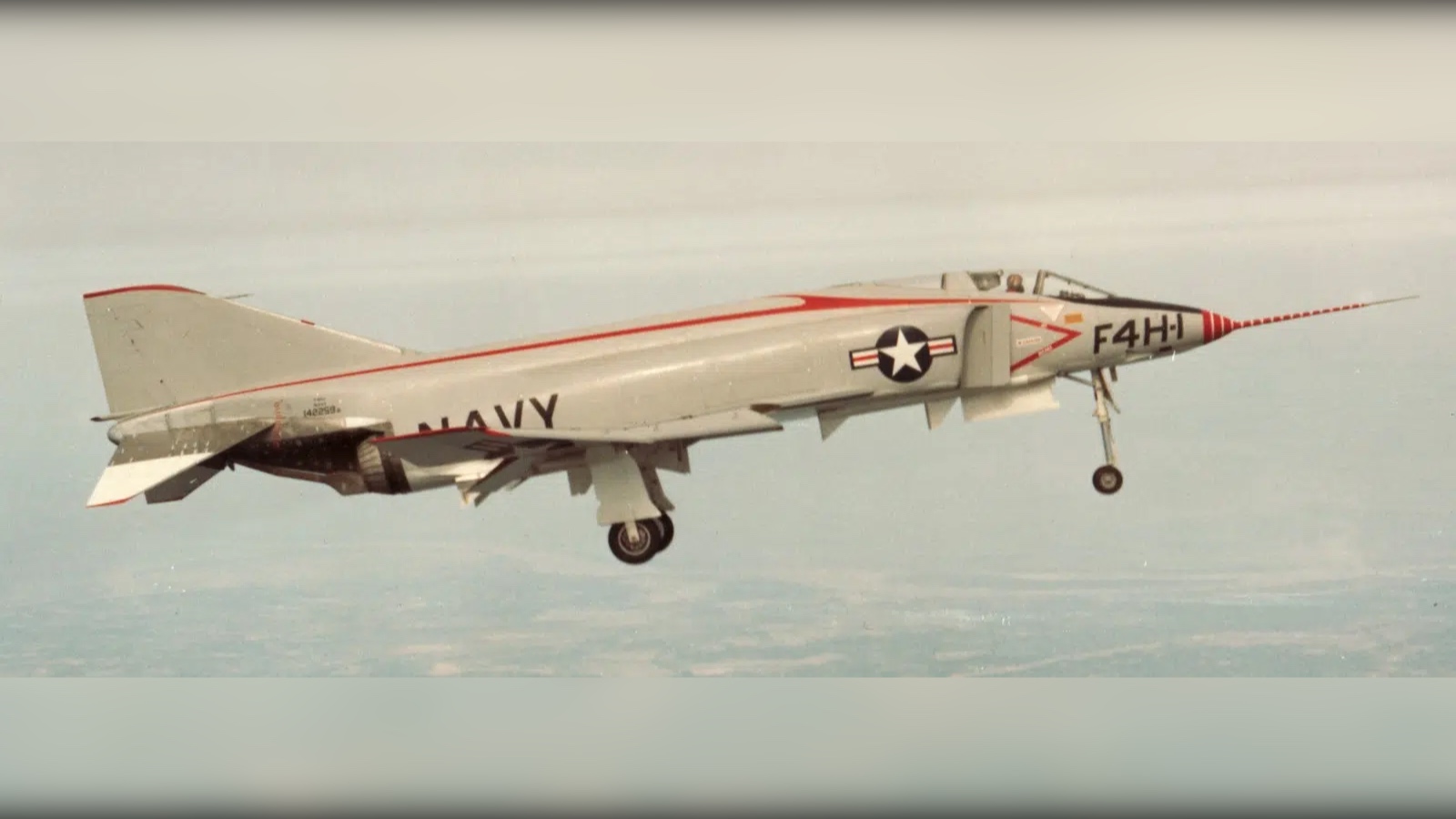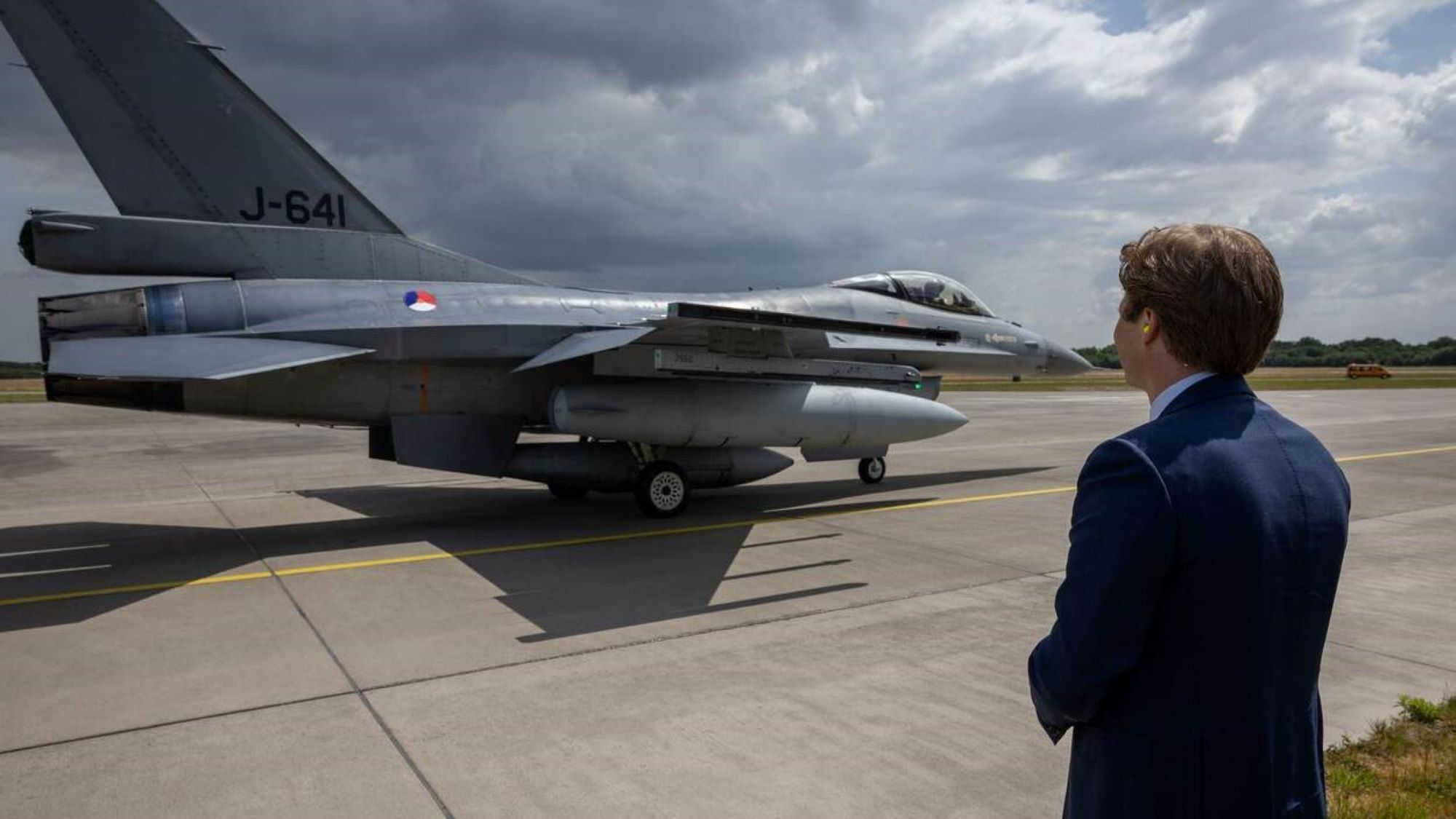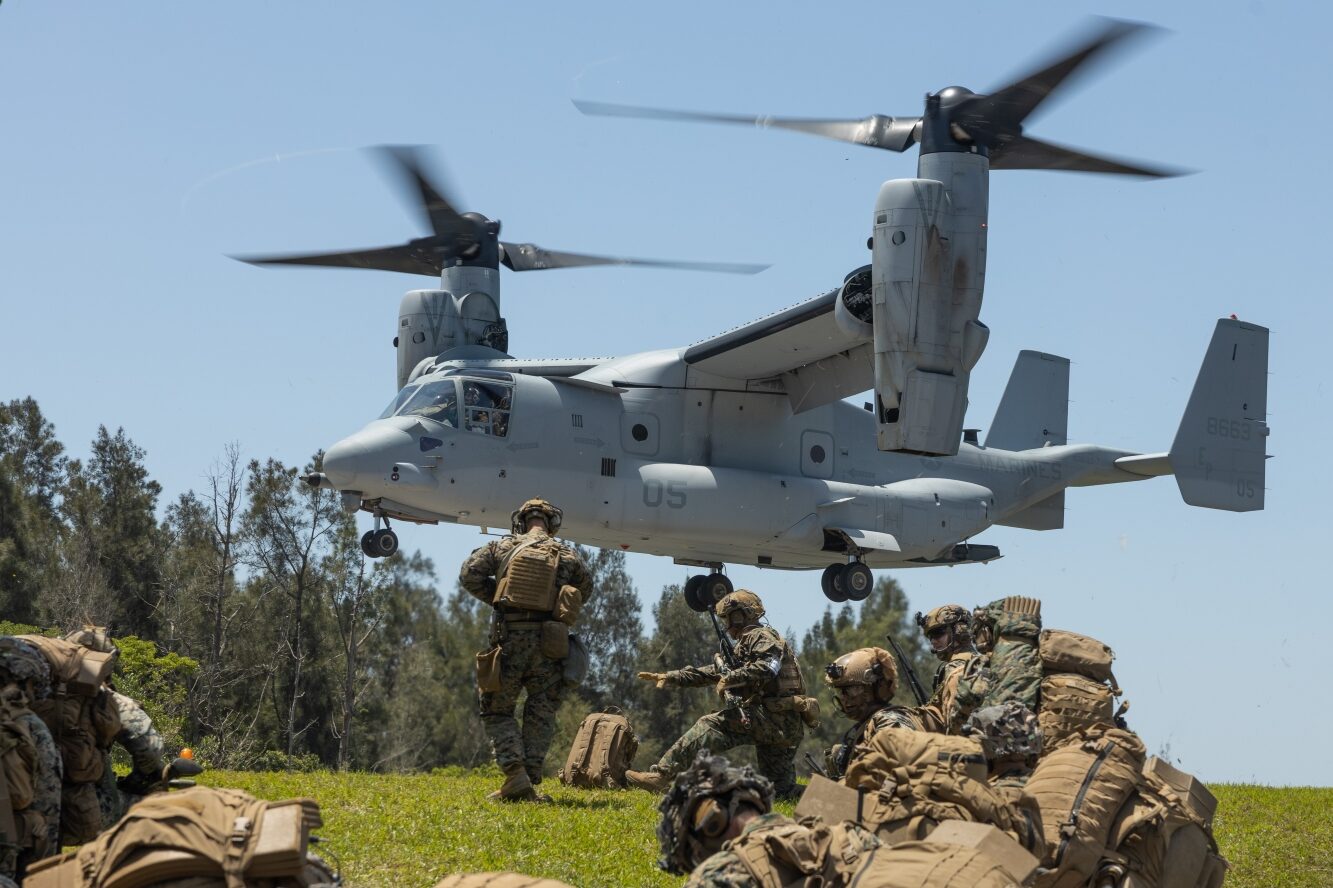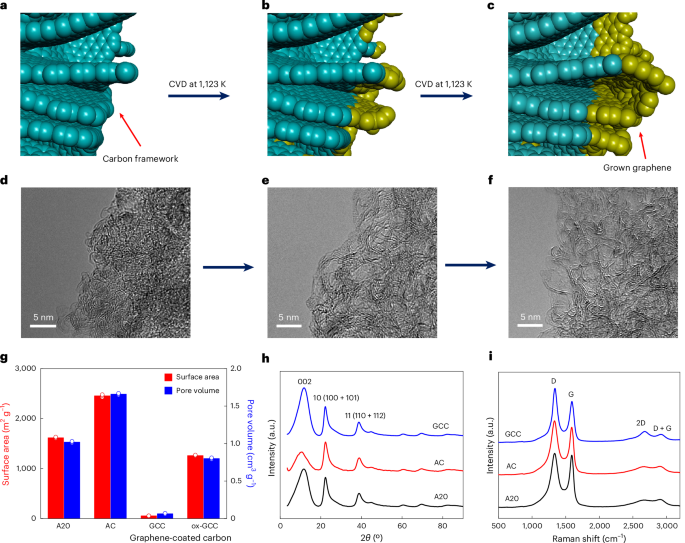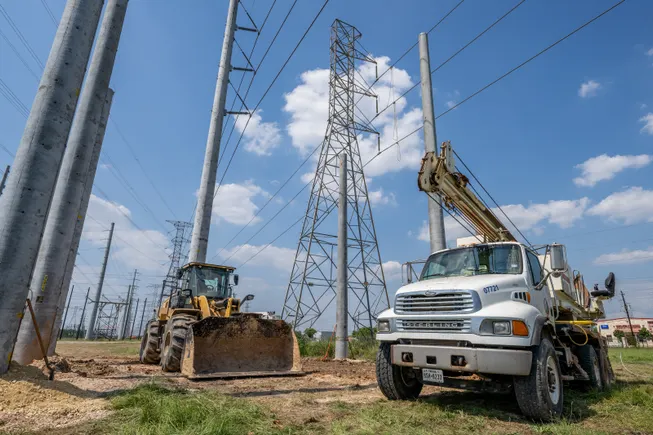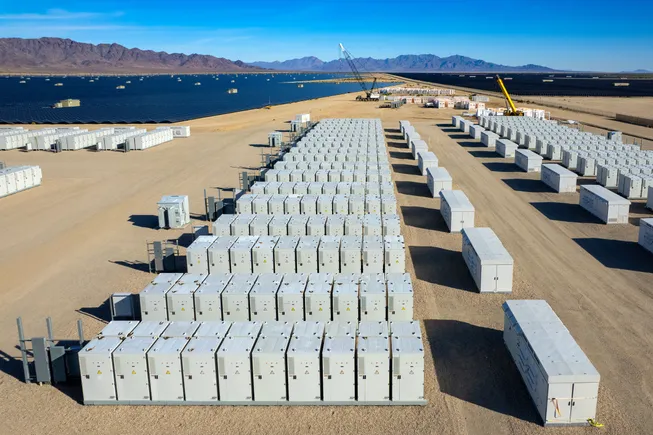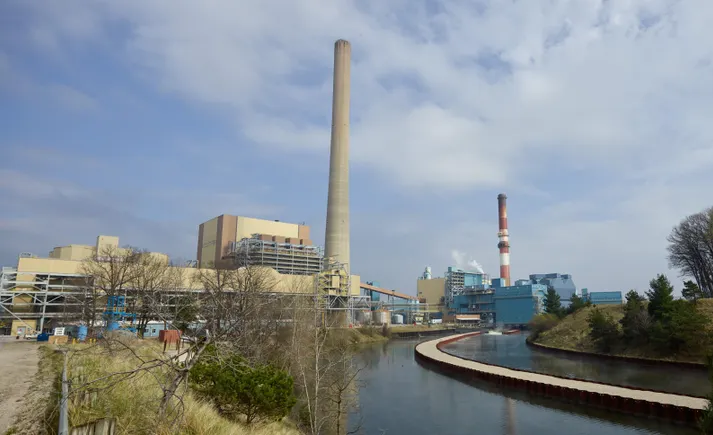GCAP systems partners expect contract by year’s end
“We expect to receive our first international contract this year against relatively stable, high level requirements, which is what’s required to disaggregate the work allocation,” Andrew Howard, director for Future Combat Air at Leonardo UK, told Breaking Defense.


An artist’s impression of the UK-Japanese-Italian Global Combat Air Programme fighter jet (BAE Systems)
DSEI JAPAN — The Global Combat Air Program (GCAP) being pursued by the UK, Japan and Italy to develop a sixth-generation fighter by 2035 appears poised for a major step forward, with executives telling Breaking Defense they expect an initial contract award for subsystems by the end of the year.
A group of four firms — ELT Group, Leonardo Electronics Italy, Leonardo UK and Mitsubishi Electric — have been tasked with delivering the Integrated Sensing and Non-Kinetic Effects & Integrated Communications Systems (ISANKE & ICS) package, essentially the networking for the sixth-gen jet. It includes sub-systems like the Multi-Function Radio Frequency System (MRFS) and other “mission-critical information and advanced self-protection capabilities.”
Speaking to Breaking Defense at DSEI Japan, Andrew Howard, director for Future Combat Air at Leonardo UK, said, “We expect to receive our first international contract this year against relatively stable, high level requirements, which is what’s required to disaggregate the work allocation.”
According to Howard, the three governments will place a collective requirement into the UK-based GCAP International Government Organisation (GIGO) which will then “place an obligation” on the Lead Systems Integrator (LSI) joint venture (comprising BAE Systems, Leonardo Spa and the Japan Aircraft Industrial Enhancement Company) to request an ISANKE & ICS solution from the consortium.
“Currently, the ISANKE solution is being developed nationally in bespoke, semi-independent contracts met by our national governments. So what we would expect is a period of harmonization, where we’re trying to bring together [and] cohere the level of efforts, the work allocation and the physical manifestation of the consortium,” Howard continued.
This, he said, will include the movement of personnel into each other’s countries to start “working at scale in joint teams.
“A lot of the work that’s already taking place is around concept work and establishing the digital and physical enablers to deliver the program in the longer term, and to do the interfaces with the LSI JV and the propulsion joint venture,” he said.
“We’ve got a pretty good vision of what the technical solution looks like which is essentially a collection of better sensors than we’ve delivered previously, but more importantly, integrated to a much higher degree than ever before,” Howard noted. “That technical vision has allowed us to make a work allocation, which has allowed us to define a consortium. Those three things are crystalizing now.”
According to Pietro Vanotti, Senior Vice President of Future Combat Air Systems at Leonardo Electronics Italy, the consortium is working hard to be “fully available to receive the first order” later in the year.
“This is the first, very important step that we are all addressing at this moment. There is a finalization of our agreements, and this is on the table. The majority is already agreed. Then we expect to be fully available and ready later this year and we want to catch the first international contract,” he told Breaking Defense.
Mitsubishi Electric’s General Manager of the GCAP Department Masahiro Suzuki described to Breaking Defense how the “activities of each nation is going to be even more active” this year, following the activation of the ISANKE & ICS consortium.
Still, ELT Group’s Senior Vice President for Future Business and Public Financing, Alberto de Arcangelis, warned the timeframe of the project will be the “biggest challenge” facing the GCAP.
“We have the goal to provide an initial operational capability by 2035. It is a demanding and tough schedule, but we have put all the actions in place in order to fulfil this goal. All our companies have started working on disruptive technologies in order to mature them since many years. And so we think that we have all the capabilities and capacity and expertise and knowledge to fulfil this goal,” he said.















